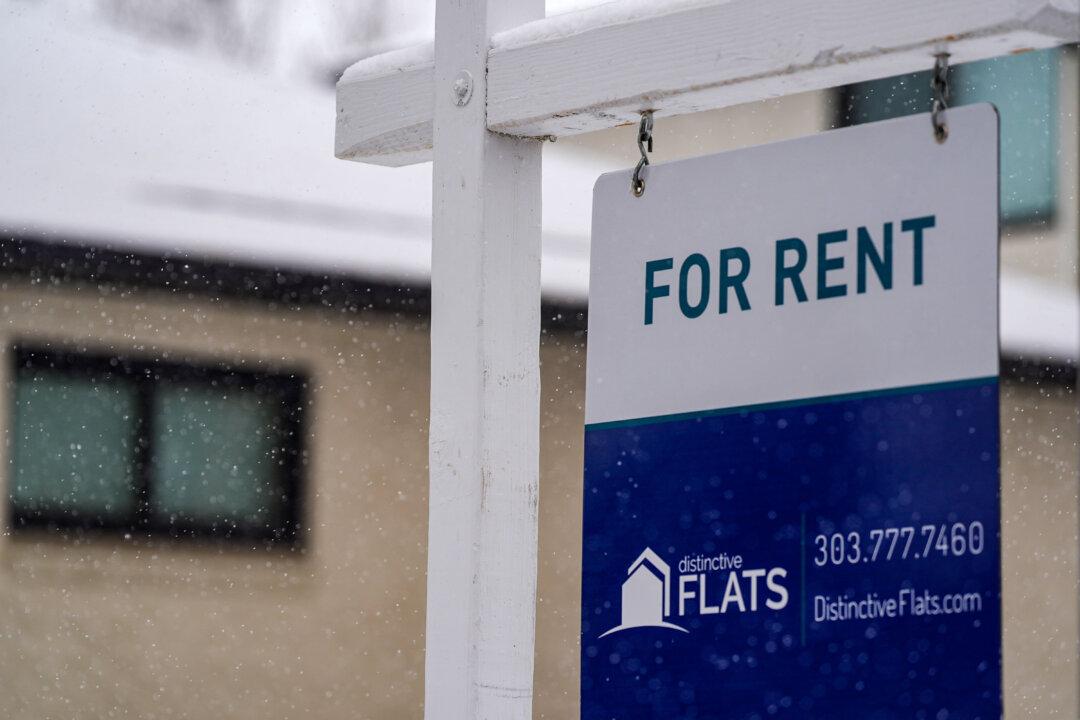Sen. Ron Johnson’s (R-Wis.) investigation into the assassination attempt on former President Donald Trump found that the various groups tasked with protecting him, including snipers, SWAT teams, and the Secret Service, had no direct communications with each other and were operating on separate channels.
Communications between the different entities at the rally were “siloed,” meaning they talked mostly among themselves and were cut off from each other, local law enforcement officials told Mr. Johnson’s office.
“For example, local SWAT and sniper teams operated on separate radio channels from patrol. According to these individuals, communications had to be routed to Butler ESU command, who would then relay information to either Secret Service or other local law enforcement patrols,” the report said.
“It is unclear why communications were set up this way and whether the lack of direct communications between local law enforcement and Secret Service hindered any response time or decision-making.”
Identifying and reporting the individual who shot at the former president went through several channels of communication.
At 5:10 p.m., almost an hour before President Trump was shot, a sniper observed the individual who shot the former president. At 5:38 p.m., the sniper reported the suspect to other snipers. He was asked to report it to the Butler ESU command.
The sniper contacted the command at 5:41 p.m. and conveyed the information. At 5:49 p.m., he sent photos of the suspect. Six minutes later, Butler ESU confirmed receipt of the photos and said the sniper’s concerns were relayed to other security groups.
Between 6:06 p.m. and 6:12 p.m., the sniper went to meet local law enforcement and alert them to the suspect’s presence. At around 6:11 p.m., the suspect started shooting.
“To date, there are public reports that a ‘counter sniper flagged a suspicious man using a rangefinder to the Secret Service some 20 minutes before a gunman opened fire’ at the rally. The information obtained by Senator Johnson’s office appears to confirm these reports,” the July 21 report said.
On July 14, Mr. Johnson sent a letter to Attorney General Merrick Garland, Department of Homeland Security (DHS) Secretary Alejandro Mayorkas, and FBI Director Christopher Wray requesting detailed information about the assassination attempt.
Mr. Johnson said in the report that the DOJ, DHS, and the FBI have failed to provide any of the information requested in his letter and “have not even confirmed that they will preserve the relevant records.”
Shooting Investigations
Following the assassination attempt, investigations into the attack are currently underway by Congress, the DHS, and the FBI.Republican lawmakers have called on U.S. Secret Service Director Kimberly Cheatle to step down from her post. However, the Secret Service director has dismissed such calls, promising full transparency on the issue. She accepted full responsibility for the security failures that took place on July 13.
The bipartisan committee would be composed of three Republicans and three Democrats. It will analyze how local law enforcement planned to handle the rally, how they coordinated with federal agencies, and their response to the threat.
“One Pennsylvanian died and two were critically wounded as an assassin nearly took the life of a former president and the nominee of a major political party in the upcoming election,” Mr. Cutler said in a statement.
“We must ask the questions of why, and what we can do to prevent this from happening in the future.”







